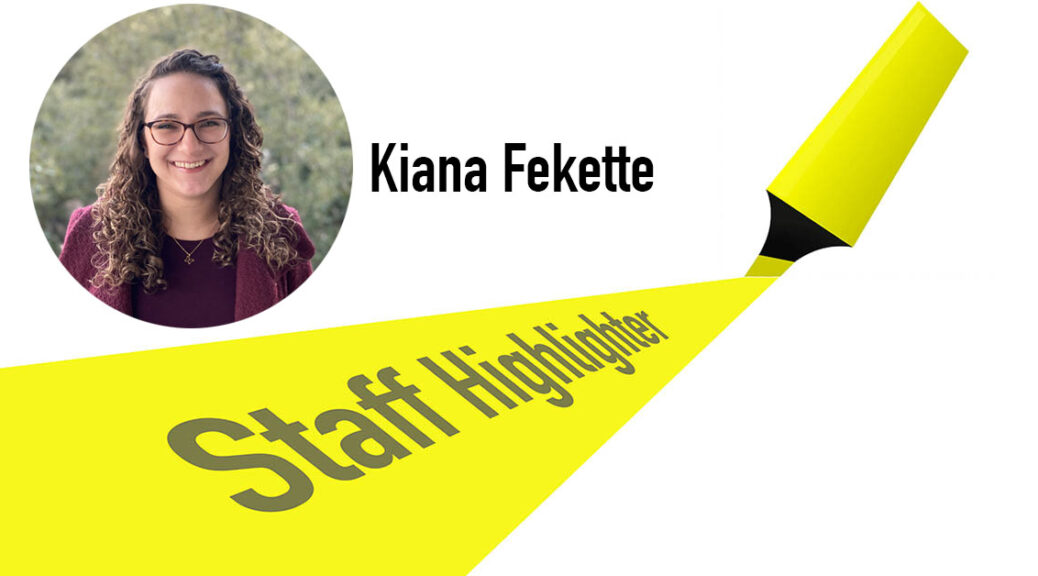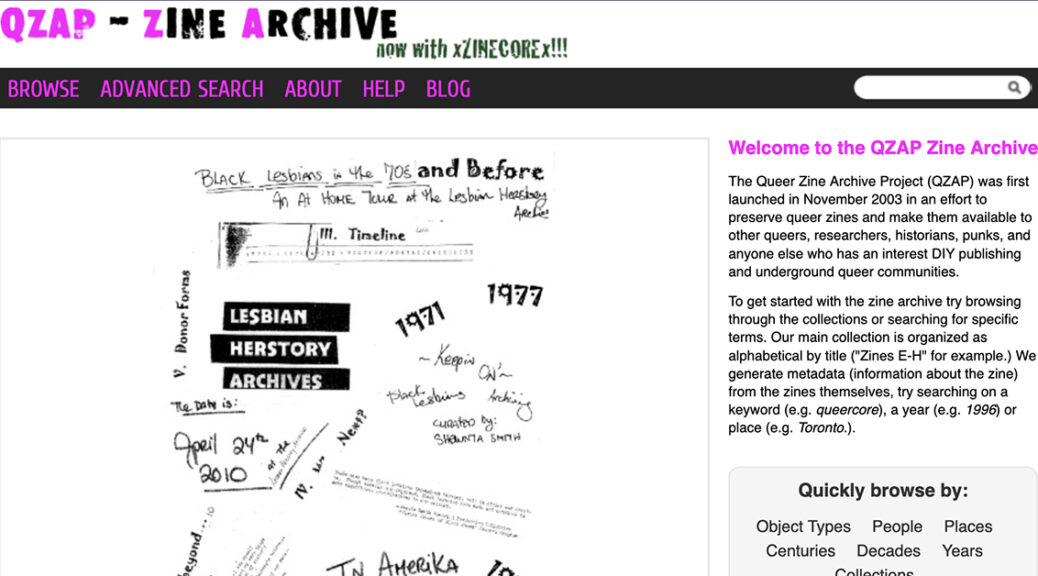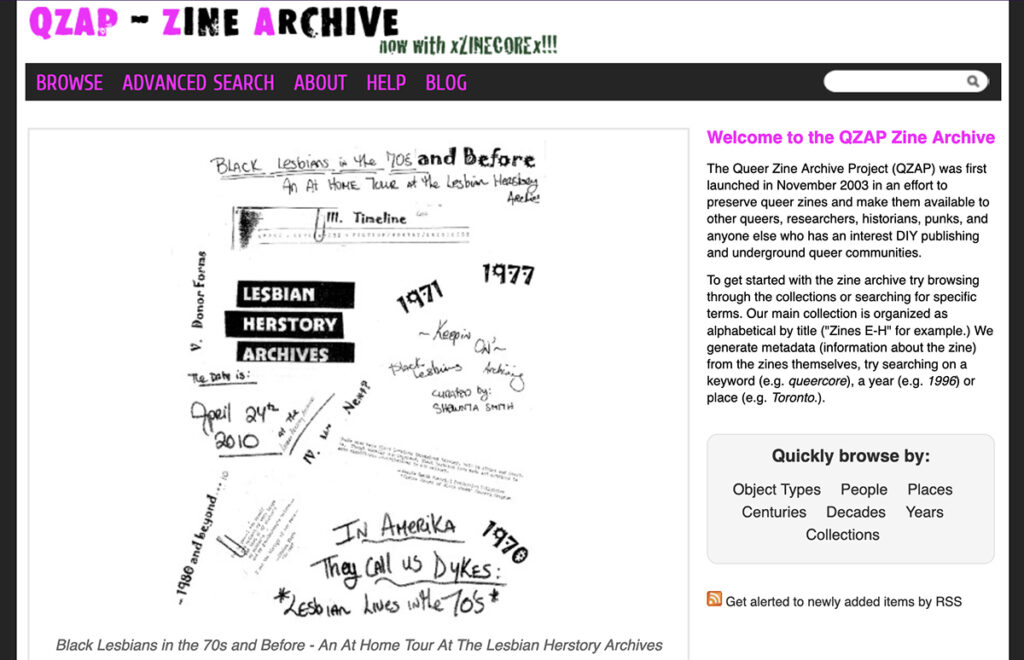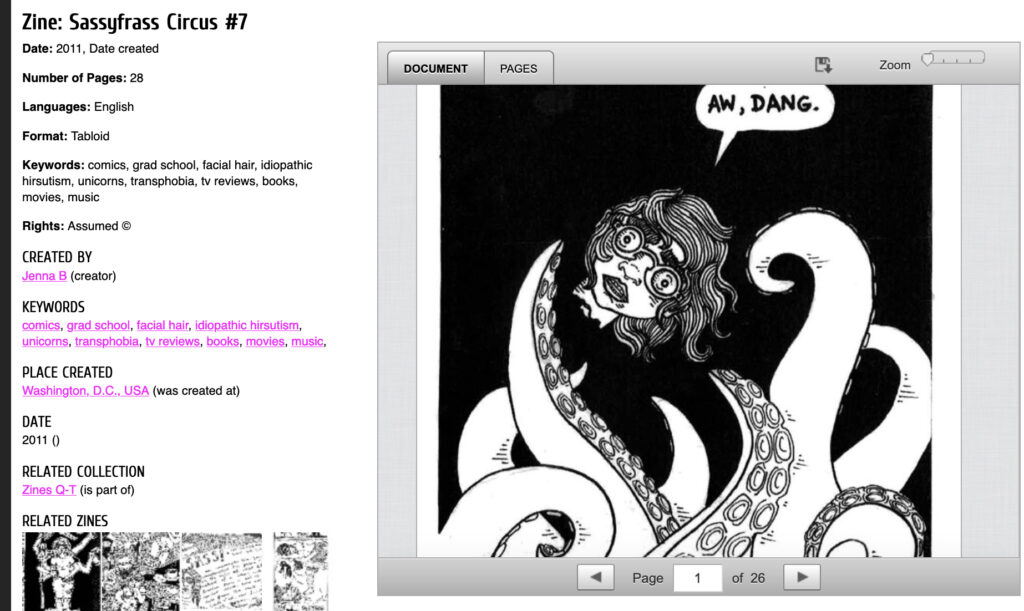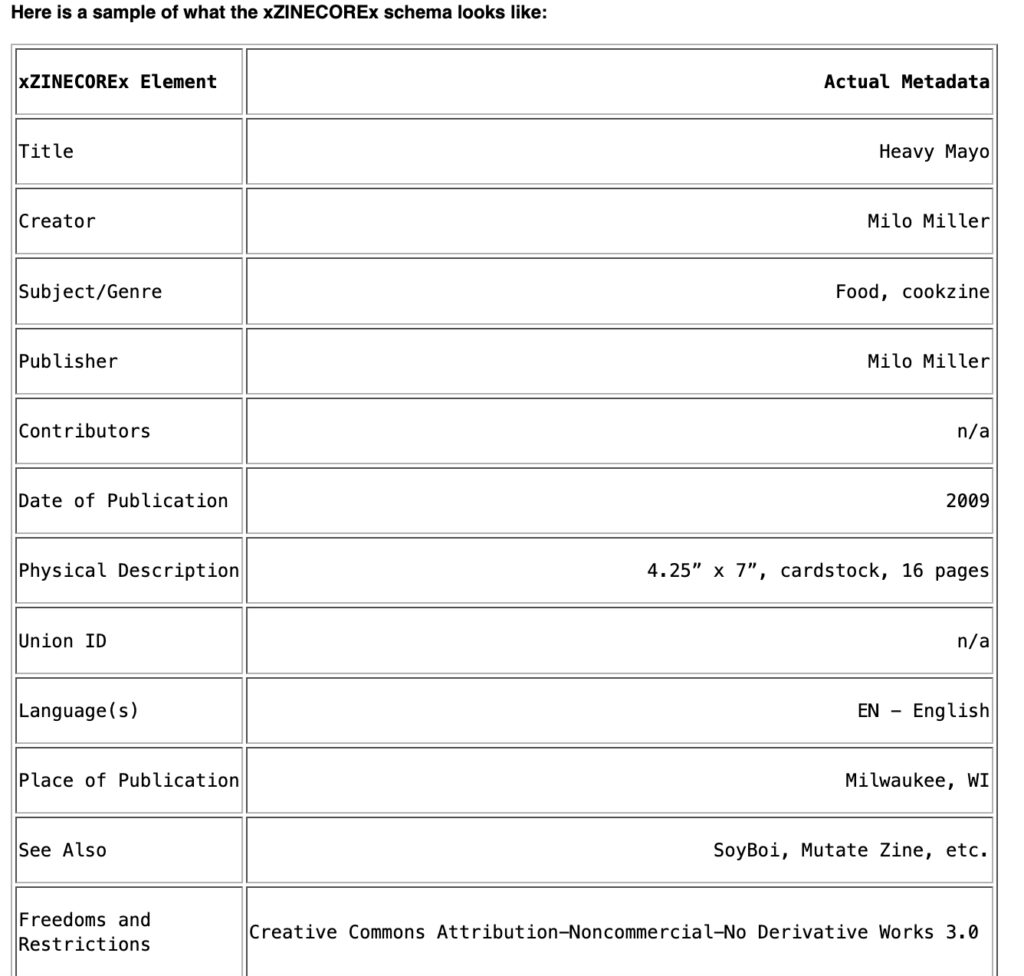Kiana Fekette came to the Libraries a couple of years ago and was recently named Head of Digitization. Learn a bit about this North Carolina transplant.
What’s your background, and how did you come to work at the Libraries?
It’s a very long, somewhat complicated story of how I got to UT Libraries! Academically, I have BA in Archaeology with a double major in History and an MA in Anthropology with a focus in archaeology. More broadly, I went to university knowing that I absolutely loved history and books but wasn’t entirely sure what I wanted to do until I happened into a student position within my university’s special collections library as a conservation lab assistant. I knew then I wanted to pursue book and paper conservation but several major life events got in the way and I found myself working for Internet Archive after getting my undergraduate degree. Several years and one master’s degree later, we moved to Austin to be closer to my husband’s family. I wanted to work in something to do with cultural heritage but didn’t have any one specific goal in mind which is how I ended up looking for different library and archive positions.
What’s your title, and talk a little bit about what you do?
As of very recently (May 24th) I am the Head of Digitization within the Digital Stewardship and Preservation unit. Prior to this, I was the Digital Reformatting Coordinator and I started in 2021. As I am still transitioning into my new role, the majority of my responsibilities have stayed the same. I coordinate and execute the digitization of collections materials which include audio-visual and book/paper items. Our unit works closely with library staff members and patrons to make our collections materials more widely accessible by offering them in a digital format.
What motivates you to wake up and go to work?
Knowing that so many people – both library staff and patrons – rely on the variety of resources produced by digitization. We’re not just taking high quality scans of items to keep on some random, inaccessible hard drive; our goal is to help others with the pursuit of knowledge and to ensure that these items are available for use across time and space.
What are you most proud of in your job?
Despite the small size of our unit, I am proud of the fact that we’re able to produce such a large quantity of archival-quality material for the library.
What has been your best experience at the Libraries?
Any time the libraries staff is able to get together as a group is always such a fun time to meet new people and catch up with old friends. It’s always refreshing and reassuring to be in a space where you can truly feel the support for one another.
What’s something most people don’t know about you?
I’ve moved around a lot – first as a military kid, then as a nomadic adult. I’ve lived in Oklahoma, all over central North Carolina, Washington state, Hawai’i, Massachusetts, Ireland, and now Texas. My family is originally from central Pennsylvania (if you can pronounce Schuylkill and Yuengling, or have ever been to Knoebels, please come and find me – I’m sure we have lots to talk about!).
Dogs or cats?
Both! (I have two cats and a dog at home)
Favorite book, movie or album?
Book: The Secret History by Donna Tartt
Movie: The Princess Bride or Pride and Prejudice (2005)
Album: I don’t necessarily have a favorite album but my favorite musician is Andrew Bird
Cook at home, or go out for dinner? What and/or where?
I enjoy cooking but I also get very bored with food very easily so I’m always willing to go out to get something I wouldn’t otherwise cook. One of our favorite spots is Turnstile on Burnet Road. They’re both a coffee shop and a full-service bar with great breakfast tacos and truly incredible burgers.
What’s the future hold?
I have no clue, and I’m perfectly okay with that! I’m finally settling down in one spot for the first time in quite a while.

